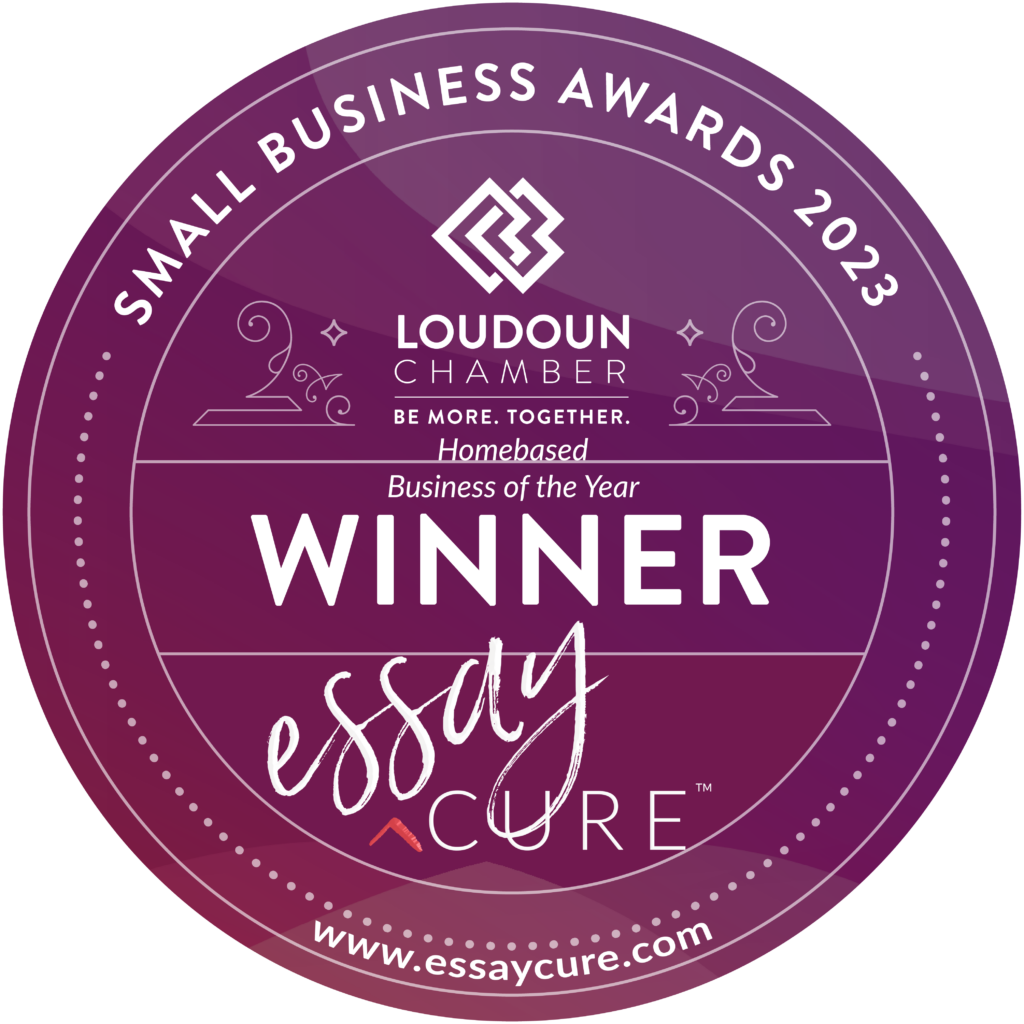An outside professional opinion from an IEC can help students & parents think differently about college
“Working with Christine is by far one of the best things I have done for my kids while getting ready for the college application process. I assumed she would help us with the college essay and maybe a few other things, but the guidance she has given us is so, so much more. … I would highly recommend working with Christine. It truly is a gift to your child.”
– Theresa, parent
I got started on this path when I was in your shoes
As a parent, helping my high schoolers decipher the college application process was stressful and confusing. The more I learned, the more I realized I didn’t know.
IECs help students and parents think differently about what getting into a “good” college really means. It’s not about ranking — it’s about how your kiddo feels on that campus, in those classrooms, with those professors, classmates, teammates, dormmates. It’s about whether each college on the list is a good fit for this particular student .
Certified Independent Educational Consultant, 2024
Winner, Loudoun (VA) Chamber of Commerce Small Business Award, 2024
Author, RIGHT My College Application Essay, 2023
Creator & Managing Partner, ESSAY CURE, 2019





